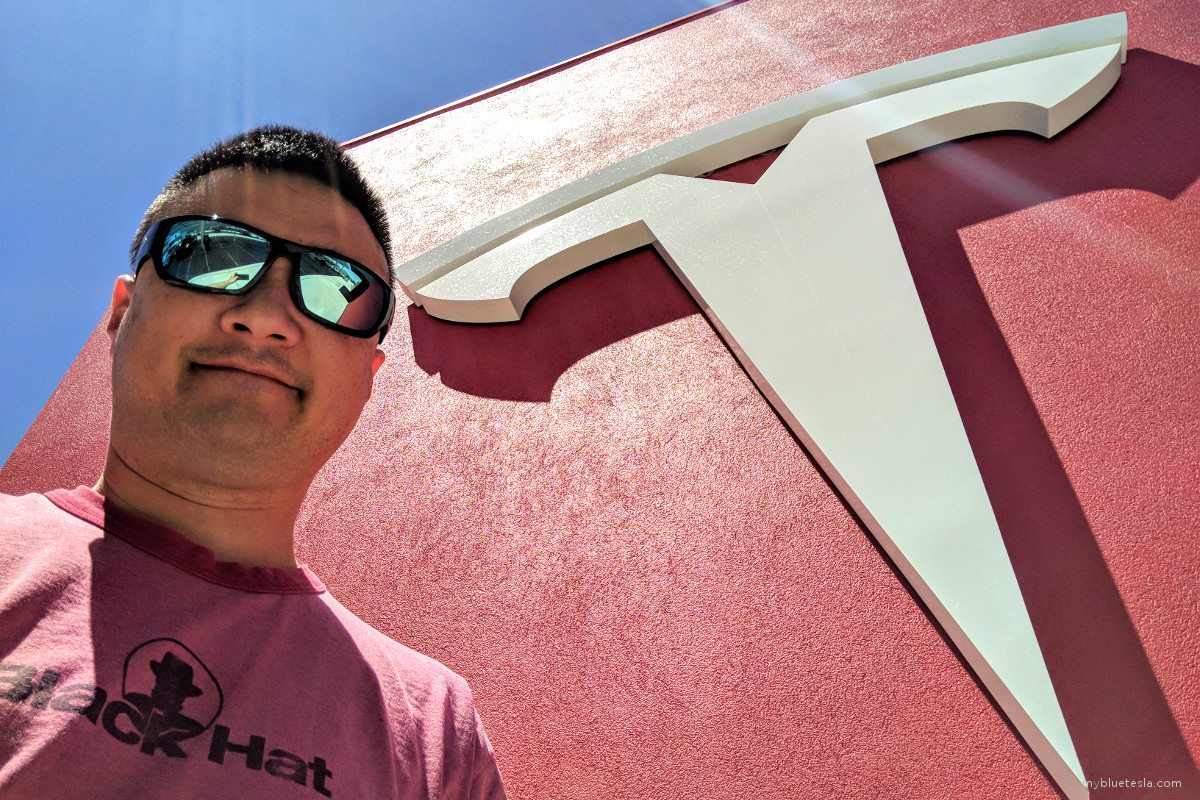September 30, 2018: And 4 Years Later
tl;dr - 92,832 miles ... hell yeah I'd buy again.
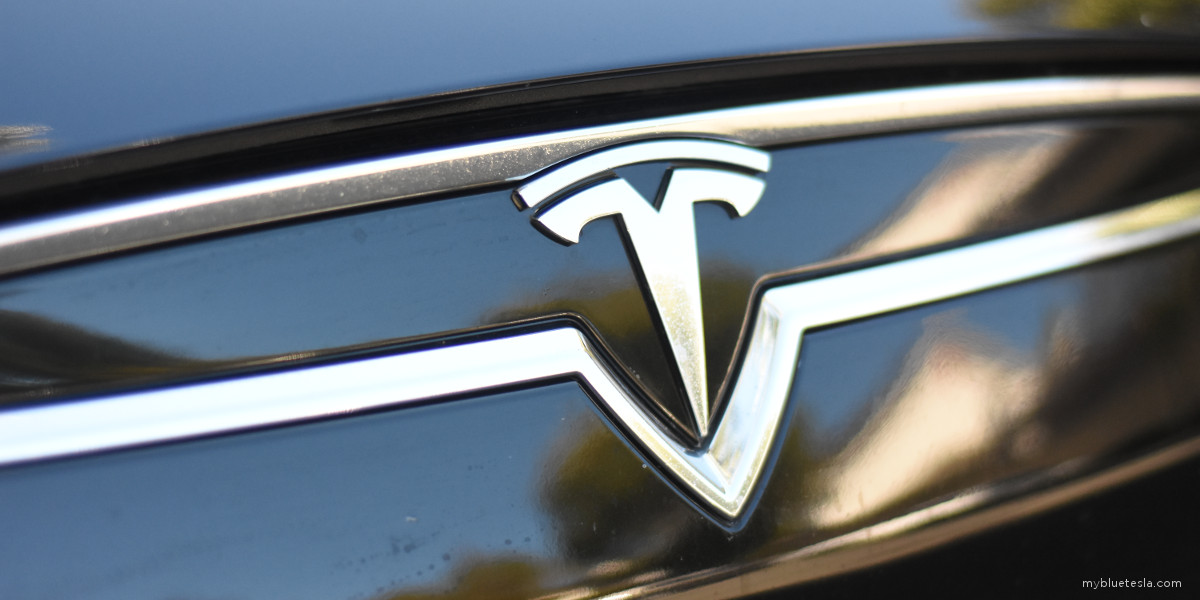
Tesla was a smaller company back in 2014 when I took delivery of my factory-fresh S85 with great anticipation. The sales and delivery experience wasn't rushed, quality-control was relatively consistent, and each step along the way there was extra attention or special handling to ensure my ownership was positive. It didn't feel like they were doing this just to get 5 stars on some follow-up survey.
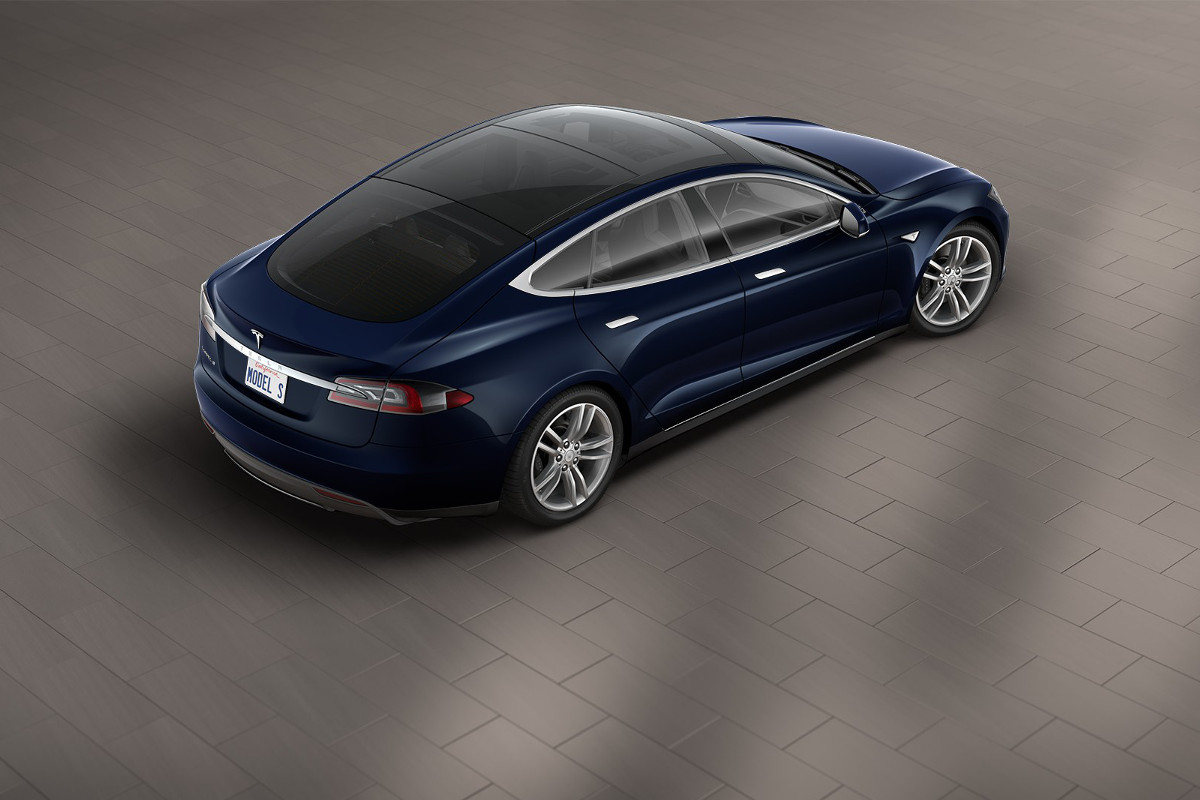
They also honored my request to not wash my (extravagantly-expensive compared to anything else I've previously purchased) car prior to pick-up, and after signing the paperwork on the morning of 09/30/2014 they walked me down the staged red carpet for the "reveal." My new Model S sat outside under a lengthy tent stretched to cover may 10 - 15 cars. It was hard to believe that I personally owned this magnificent glimpse-of-the-future which was built in the large factory next door. It's one thing to see the screenshot of my order on teslamotors.com (they didn't have tesla.com at the time), but it's quite something else to actually physically see/touch/sit in it. Perhaps living in Fremont about 10 minutes away from the factory provides a home field advantage.
I also extremely lucked out in timing - my car was built probably around the first week when Autopilot hardware started getting incorporated into all cars by default. This was not something I could order back in July 2014 and Elon announced Autopilot and Dual Motor a week and a half after I took delivery. The radar square underneath the nose cone plus the newer steering column stalks clued me in that I had some kind of newer revision. While I miss the original speedometer after Autosteer was formally made available a year later, (I still wish they'd offer a way to switch back to that view on-demand), being able to experience Autopilot and the ongoing tweaks allows me to be part of that societal road to eventual autonomous driving from an end-user perspective.
So far the Model S journey has been incredibly positive over the past 4 years and I've had enough time to reflect on the privilege of being on the front lines of the electric revolution. Not perfect for sure, but owning a Model S is more than just about a car - it's an experience spanning non-stop evolution in how we think about transportation, the dynamics of an IoT powered by complex software that just happens to take the form of a sedan, the struggles of a company delivering the ownership service, navigating through the ups and downs of new features (and bugs), adapting to new behaviors/expectations resulting from software upgrades, the envy of newer/better/faster models, and watching how the rest of the automotive (and perhaps energy) industries attempt to pivot on new consumer expectations at a pace they're unaccustomed to.
I didn't choose the Model S for any moral or environmentally-conscious reasons. Zero-emissions is nice, but not a selling point that caught my attention. I put my money down because while cars are cool, the industry hasn't been moving towards anything exciting and certainly not towards the science fiction world I've been wanting to step into since I was a kid. Innovation in the automotive paradigm has centered around sports performance or luxury. Each successive year brings incremental permutations of the same basic premise - more power, nicer interior finishes, better fuel economy, and in general more gimmicks. No one's building spaceships ... or at least cars which start acting more like them.
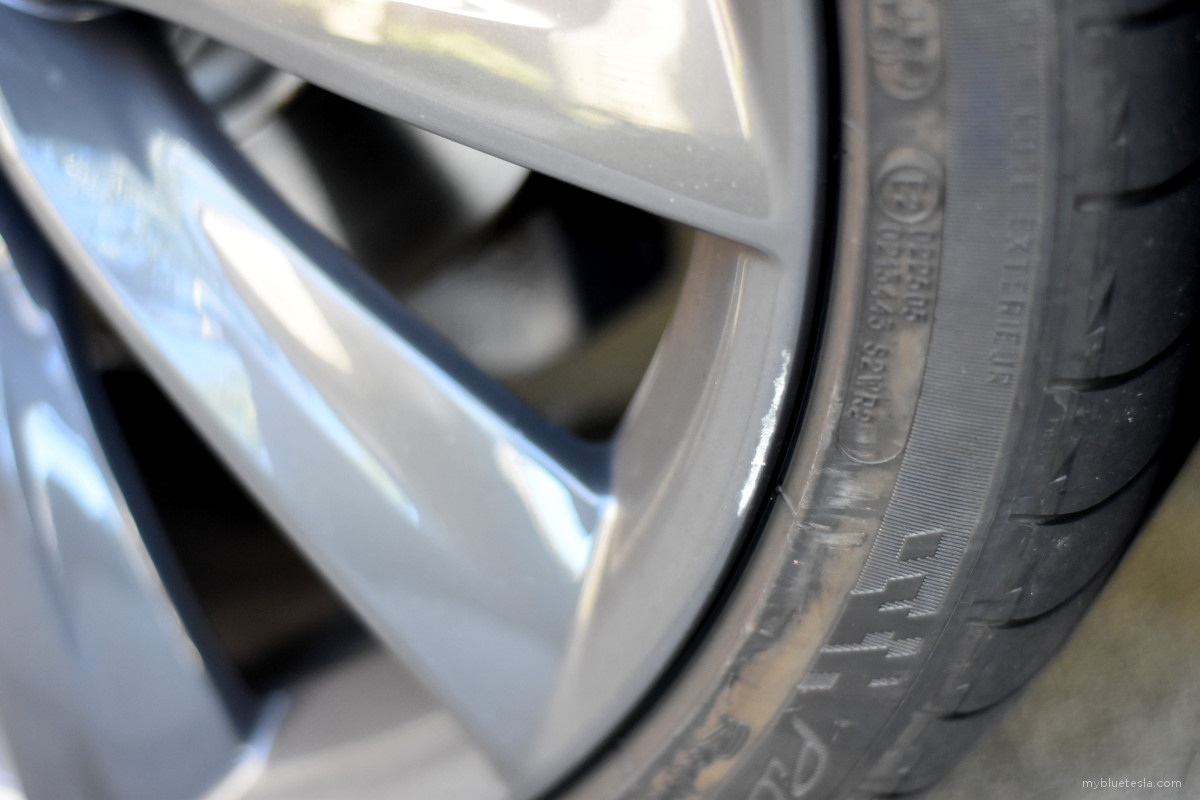
Tesla's offerings aren't spaceships, but they're the closest things which I can afford ... and for me leaps and bounds compared to other manufacturers when it comes to how the vehicle participates on a data network, the purchasing/servicing convenience, the systems management (touchscreen/user interface workflow), the design philosophy, and the natural driving experience. It provides me hope that we're actually going to finally advance into the future.
With my previous cars having been manual transmissions, I understand the engagement of being part of the machine when shifting through gears and controlling propulsion nuances. But at the end of the day, I feel it's a really clunky way to do Faster. Why do I have to stagger through a gearing system just to get up to speed? Why can't I just push a button to go to warp? Why do I have to put up with a vibrating/rumbling power system and a fart pipe out the back? Why is "loud" considered impressive rather than obnoxious? Why are we still doing this after decades and decades of automotive development? It feels stagnant, boring, and if I'm going to put my hard-earned money towards a "car," it better be damn special. A sexy shell alone won't do it.
The Model S changed all of that. The fact that it's electric is somewhat irrelevant. I'll take any system that provides me the right driving and ownership experience. If the power delivery system requires dilithium crystals, so be it. Even better if it performs vertical takeoffs. Being on land all the time sucks anyway. I suspect it'll be quite some time until we get that feature request taken care of.
As an information systems security engineer/analyst by profession, I'm also keenly aware of the risks sitting in a car moving at high speeds while connected to the Internet, concerns with data-in-flight/data-at-rest, faulty cryptographic implementations, improper key management, software glitches, insecure failsafe designs, and active attacks against these interconnected systems, processes, and people which chip away at the virtual armour everyone takes for granted. There are so many ways for things to go wrong. There's some assurance that Tesla is paying attention to these areas much better than other companies (read: Chrysler and Mitsubishi) but they also can't afford to cheap out here considering how heavily software is involved. Many Tesla fanbois like to tout the virtues of mechanical simplicity with electric cars but hardly anyone mentions the enormous complexity and dependency on the software. However, it's also that software that intrinsically provides higher ownership value when done correctly. It'll probably be a while until other manufacturers catch up since software traditionally has not been their area of expertise.
But I'm taking a chance with Tesla because the overall package is damn compelling.
So that said, below are the pros and cons of my Model S ownership so far. Keep in mind that as Tesla changes as a company (corporate philosophy, general growth and headcount, ability to deliver service as they scale, etc.) what I've gone through may no longer be relevant, or perhaps become more pronounced instead.
Parts which got replaced in the last 4 years
Main battery and 12V battery
Within the first 175 miles of ownership, a 12V battery failure resulted in a flatbed service and ultimately a complete main pack swap. While this is likely an extremely rare case, it certainly left me with some doubts at the beginning of my ownership. That said, Tesla took very good care of me given the circumstances and the pain was minimized to an inconvenience.
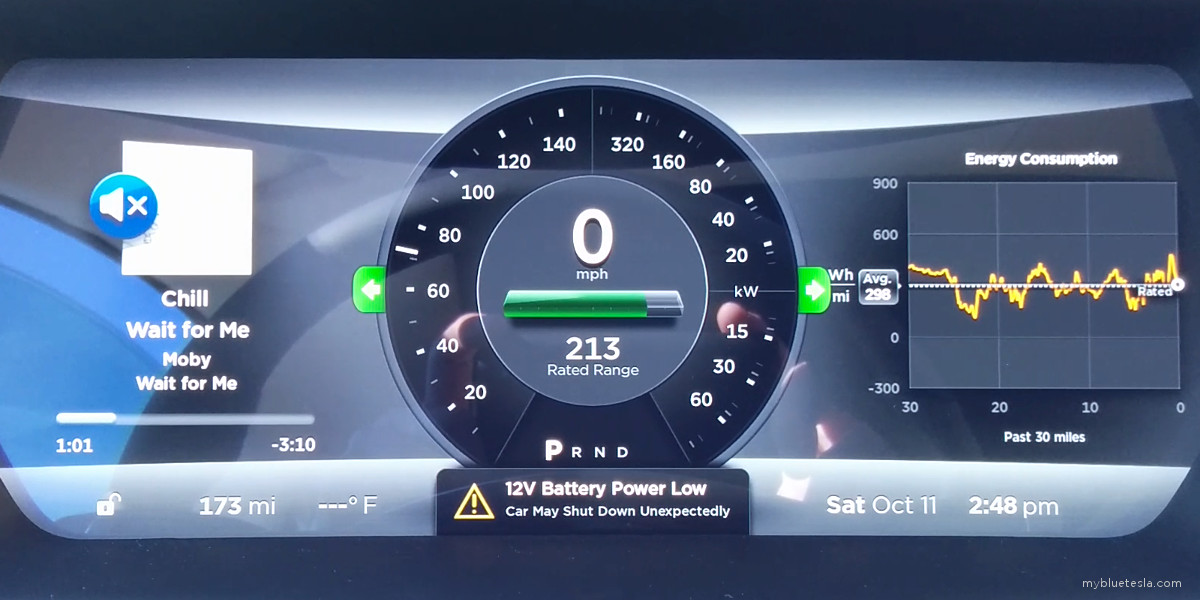
Door handle
Like many others, I had at least one door handle failure (driver's front). I wonder how much having them flush with the door really contributes to drag reduction. They certainly are cool, but the mechanical complexity has tainted Tesla's reputation somewhat, similar to those Falcon Wing doors. I haven't had other problems with them so hopefully they'll be worth the cool factor in the long run. But when the time comes, at least there are third-parties like EV Tuning who might be able to help.
Some door handle repair videos:
https://www.youtube.com/watch?v=5PU0Kbo5Tos
https://www.youtube.com/watch?v=YfJFPiE2-Bc
https://www.youtube.com/watch?v=UZhDQkjPofA
https://www.youtube.com/watch?v=cjIjlF99cZk
Backup light/appliqué
Another common issue for early Model S was moisture or water intrusion into the rear backup light cluster. In order to replace this, the rear chrome appliqué strip needs to be removed. I got an updated version of this with the more prominent raised lettering along with the light replacement.
Media Control Unit (MCU)
This doesn't happen with owners all that often as far as I can tell, but it's the centerpiece of the interior and when it goes out many of the car's functions are completely crippled. You can still drive the car but many creature comforts are not available. These apparently cost about $4000 out of warranty so it's not a trivial amount for most owners.
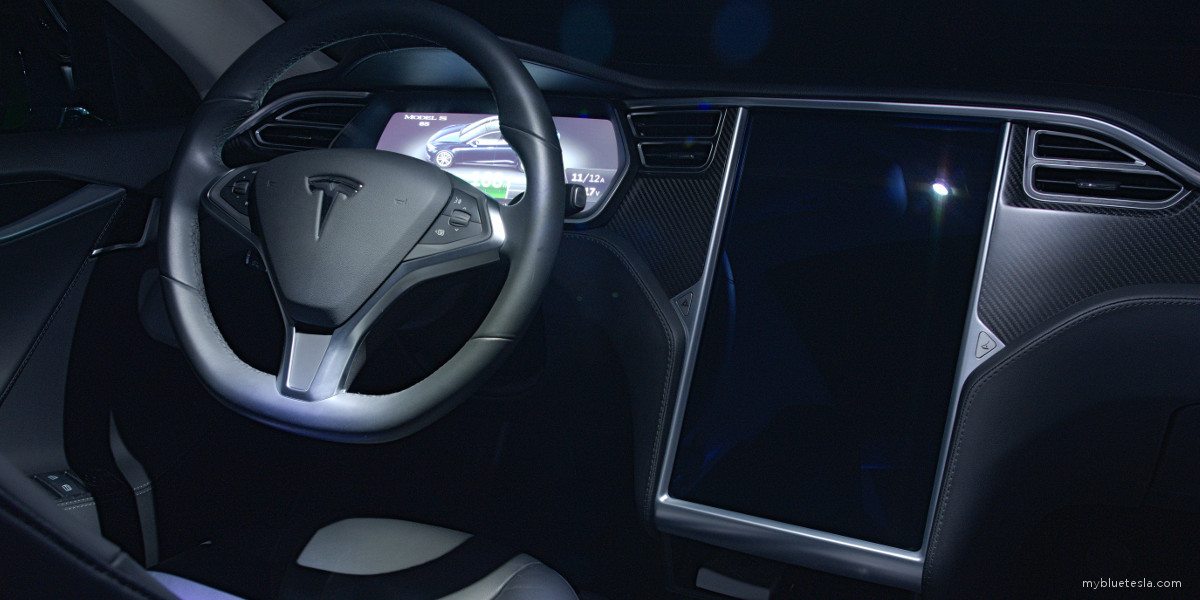
Drive unit
The milling noise was a very common issue a couple of years ago but Tesla got this squared away over several revisions. I recently happened to be driving next to a P85 that still had this issue and the milling sound was very pronounced in commute traffic. I'm surprised the owner hadn't gotten this taken care of yet.
Dash cover
Replaced to solve an interior rattle problem. I ended up with a newer version of the cover with the smoother surface since a replacement of the original design was no longer available. While it doesn't quite match the rest of the interior, I think it looks better and reflects less in the windshield.
Ownership cons/quirks
Paint manhandling by Service
Aside from the 12V battery failure, this was a related concern early in my ownership experience. After witnessing the lack of care some Tesla technicians have with regards to the paint surface on cars they're servicing, I decided that a full-front PPF coverage wasn't going to be sufficient.
Service wait times
I'm sure this varies greatly by region, but at least with the Fremont Service Center scheduling an appointment required a month's lead time some years ago. Growing pains are understandable, but management needs to forecast their resources better. Luckily I haven't had any pressing issues that caused me pain in this regard for the most part. The Mobile Service will hopefully improve timely service availability in the long run.
Service Centers (do not) return calls
About a year after I became a new owner, the Service Centers I dealt with (mainly Fremont) became inconsistent in returning phone calls or emails. This has been well-discussed in the forums and my take on it is that if Tesla promises to call you back, you'll be still waiting long after your cold, dead battery's electrons have evaporated into the other continuum. I don't know how that trend is now since I just drive to the Service Center these days to ask questions. They're super-busy, super-understaffed, and they're doing that Silicon Valley "scaling" thing. I get it.
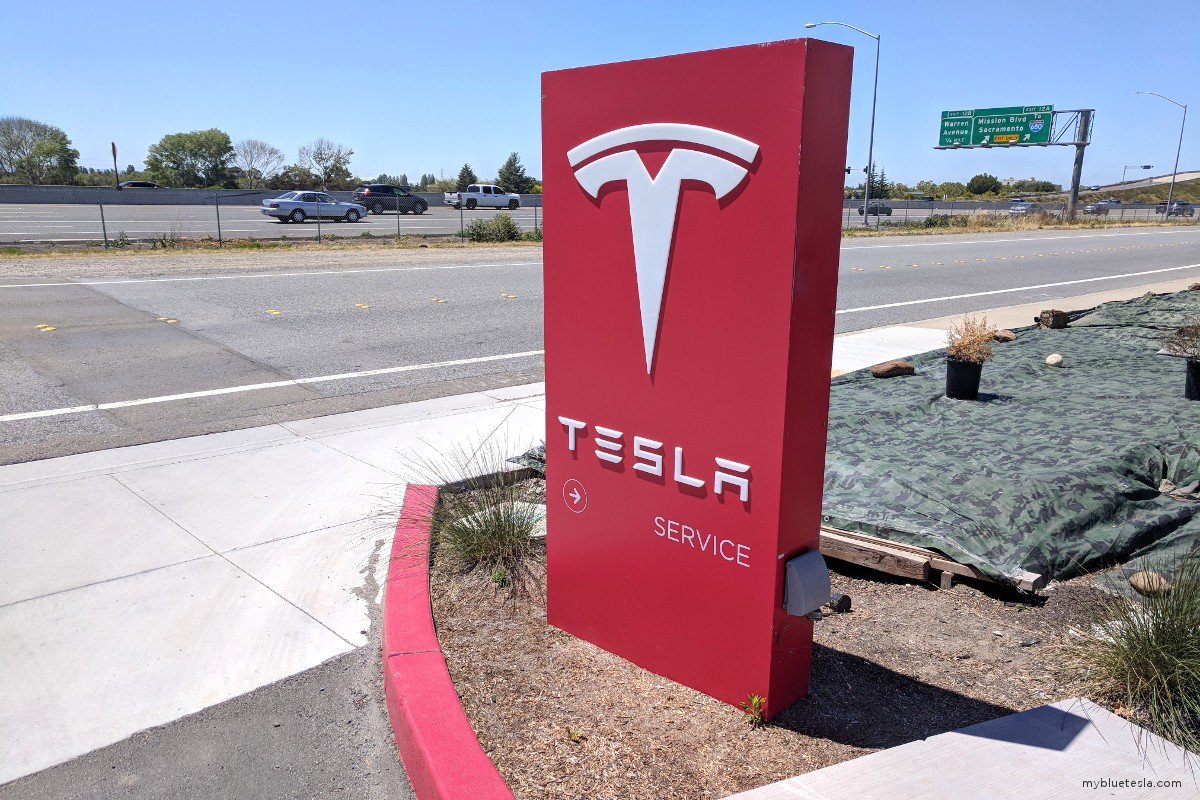
Loaner promises
Years ago Elon decreed that all loaners would be top-of-the-line Model S variants. Early on I got loaners that were S85s, P85s, and even a Roadster Sport once. As time went on though they started providing ICE cars and even bringing in Enterprise and Hertz rentals (although service customers weren't paying for them) since the Tesla loaners were all booked out. On the other hand, I got to try out a Mercedes E350, Toyota Prius, Cadillas XTS, and a Hyundai Santa Fe.
Note to self: the next time I'm offered an option between a Challenger, Avalon, or Prius ... take the damn Challenger.
Interior rattles/creaks
Sometimes I like driving without music and enjoying the natural sounds of cruising. If Tesla is going to classify the Model S as a "luxury" vehicle then they need to ensure that this 21st century, technologically-sophisticated wonder car feels solid. Rattles and creaks completely betray this expectation. You get no smog but more cabin noise. Choices, choices. Not exactly a tradeoff that a new owner should have to make when paying a premium price.
Forever beta tester
Gmail was in beta for 5 years. Is Autopilot going to also be the same? Does this provide Tesla the legal leeway to experiment and tweak this future-car concept and using customers as testers in order to market driver's assistance features today instead of when it's complete? Sounds very Silicon Valley-ish, doesn't it?

Being outdone by newer models
Yo Elon, dude, my S85 sucks compared to every other Tesla now. Why you doin' this to me? When I ordered my S85 it was considered a mid-trim level. Now the only thing I can beat is a 60 kWh model. Psssshhh... Is that my tire leaking?
Virtual vs. physical controls
While not a problem for me, there are times after all these years when I still prefer a physical dial to quickly change cabin temperature. The right scroll wheel on my steering wheel is already set to adjust the fan speed. Temporarily switching its function to adjust temperature would be too cumbersome.
Leather vs. textile seats
When I originally ordered my car, I was adamant about getting leather seats. I don't have buyer's remorse, but a part of me wishes I had chosen textile. It has a 2-tone look and word on the street is that it holds up very well over time unlike the leather. I saw a Model X with the textile seats at a Tesla store and they looked fantastic.
Panel gap (hood)
You are not a proper Tesla owner unless you have panel gaps visible from orbit. Behold:
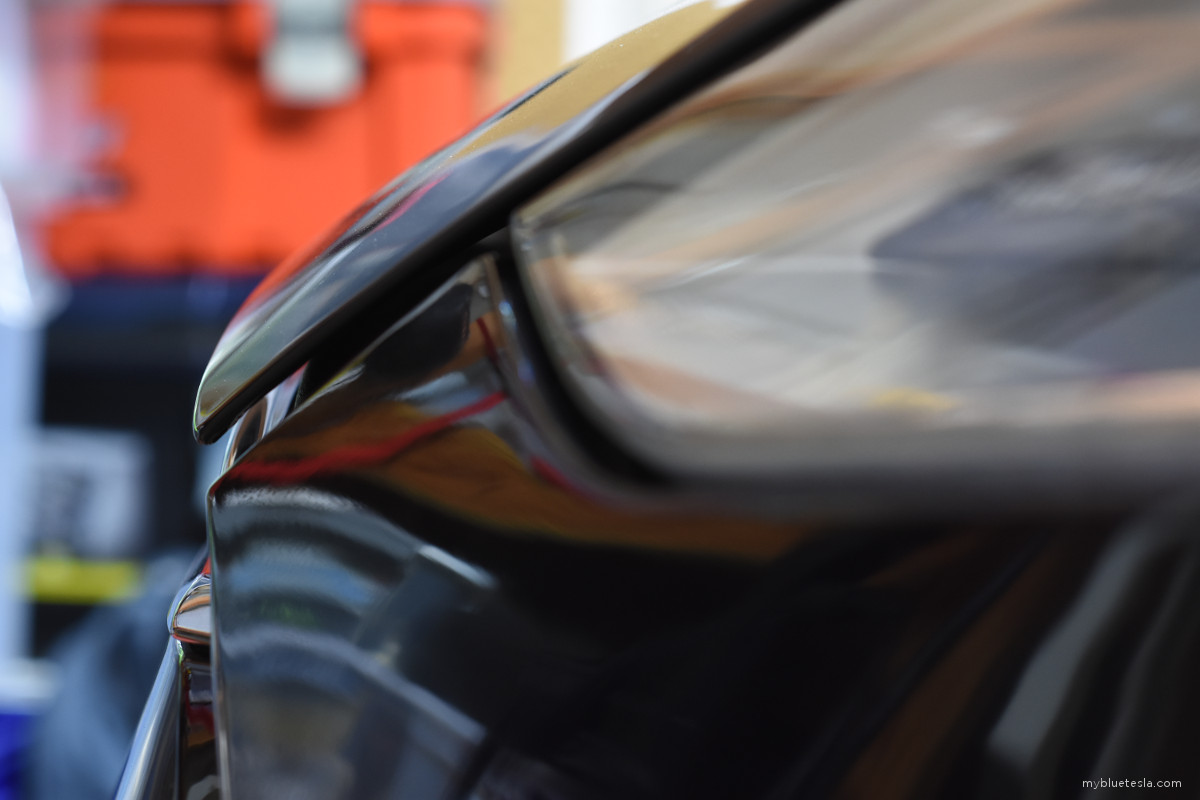
To balance out zero emissions, we have 0.5 inches (12.7 mm). Years from now I might find loose change in there.
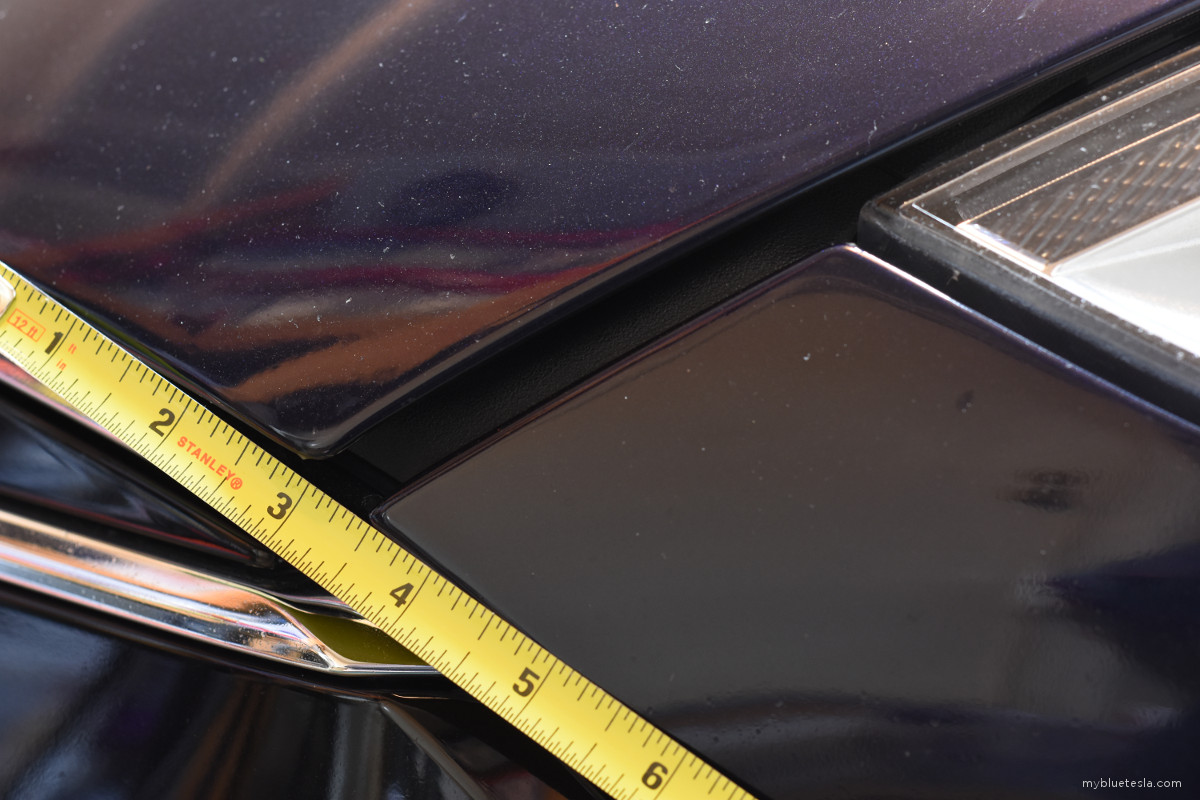
Seats need more bolstering
It seems these first generation seats are meh for most people. I'd have to agree. I wish it hugged a bit more. The latest generation is really nice though and it'd be great if there was a way to swap to those.
Cheap parcel shelf
This must be the crappiest shelf on the market. Clearly a low-priority in getting Model S designed and into production. Understandable, but an embarrassing trait on a car like this. At least I can aftermarket-fix the self-raising part.
Ghost door openings
I've only witnessed this on an extremely rare occasion, but as I approached the vehicle and the door handles presented, one of the doors (I think usually the driver's side rear) would unlatch/pop-open by itself. Must be that Autopilot AI going berserk. No wonder why Elon is worried about AI taking over.
No built-in rear cup holders
I almost never carry rear passengers so it's not a concern for me, but the original iteration of the Model S didn't have cup holders in the rear and their after-delivery solution involved a couple of leather strips underneath the rear bench. That'll be $150, please. Cha-ching.
From Teslarati.com:
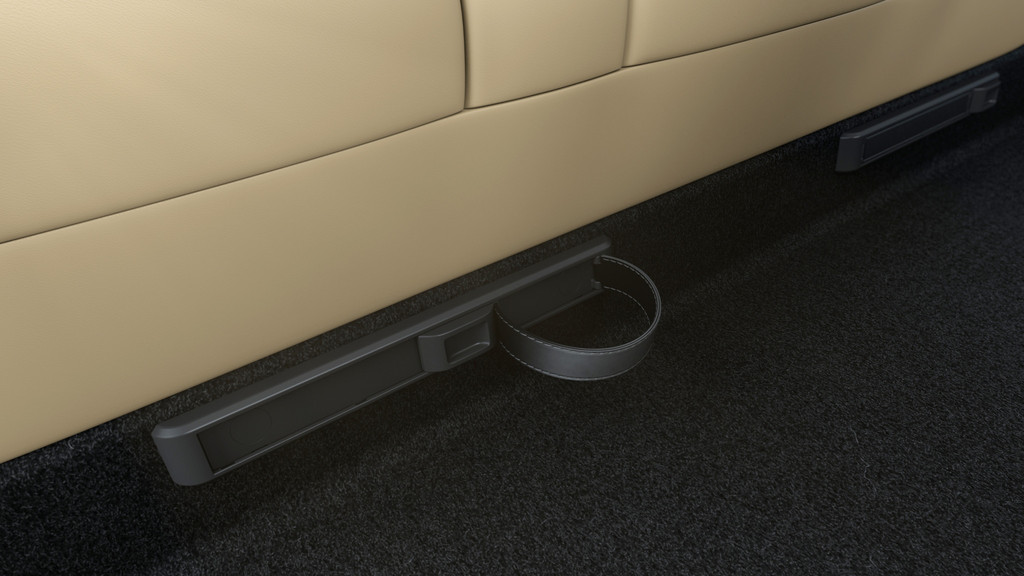
It's quite sad. Good try there, Tesla. A for effort.
Later revisions of the Model S do, of course, come with such necessities ... and in more practical form.
Lack of rear USB ports
Welcome to the Model S, the most technologically-sophisticated, Autopilot-enabled, always-connected-to-the-Internet car of the future where if you're a rear passenger you don't deserve USB charging. Next time call shotgun.
Obviously the newer revisions of the Model S have USB ports in the rear.
Lack of fold-down armrest for rear passengers
Again, Model S is too good to have a fold-down armrest. Perhaps it's to ensure zero emissions or something. But even then the Model 3 has one.
Lack of common interior storage solutions
I prefer the uncluttered look, but I'll note this down since it's a common complaint. It's pretty odd to not have the pockets in the door cards. But hey, it's the future, bro.
Nose cone stands out too much
With the original Model S design I prefer the look where the entire nose cone is black.
Rich Benoit had the chrome surround painted black on his:
The newer facelift facia/bumper design is awesome and I wish there was a way to upgrade mine to it. T Sportline's aftermarket option doesn't do it for me since I can tell the difference where the Tesla logo is and I'll always see it as a halfway solution.
Rear appliqué and back-up light housing is not well-sealed against water intrusion
Big battery, electricity, water intrusion … yeah, you know where I'm going with this. While there seems to be almost no chance of some sort of electrocution event, it's still unsettling. This is Tesla quality, not Toyota. Get used to it. My other tail light has also gone through some condensation and now a couple of the brake light "pixels" are out. Sounds like a DIY project later on after I buy a $300 part or whatever. I've been told these light clusters have been improved so we'll see.
Web browser not very useful
Almost all early Model S reviews in the media talked about the wow factor of having an actual web browser in a car that could go full screen. But seriously, how many people actually make consistent use of it? I bet almost no one since it's so slow at rendering anything (including this site) but a basic, static, HTML-only page with zero JavaScript. Why not have an old Lynx browser instead? It'll at least be more novel.
Still feels big
One thing I can't get away from is the sizable feeling in the Model S. Especially around corners. The Model 3 has just the right nimbleness but with the trade-off on the cargo space. First world problems.
Lofty promises, "soon"
Elon likes to make declarations such as getting to Mars in 2 years or whatever. At some point he's either being intentionally over-optimistic for the sake of psychologically pushing employees as a hope to accelerate timetables or there's some delusion going on. In any case, this over-promise/under-deliver problem is hurting the company image. Because Silicon Valley, I guess. It's a brave new world.
We're still waiting for that $35,000 Model 3, by the way.
Ownership pros
Smooth like butter
Tranquility while driving. While the Model S doesn't provide a well-insulated driving experience like a Lexus (there's still some road and wind noise that gets into the cabin), not having to deal with constantly-changing vibrations and engine chatter significantly reduces fatigue. It's more stressful dealing with the noise coming from the other cars. All that adds up over time.
The linear motion with an electric motor makes the driving much more predictable than the hassle of cycling through gears. The regen is tuned with a good balance making the transitions between acceleration and deceleration seamless. While I can still appreciate the manual transmission in my old car for the "involvement" factor, it also feels primitive.
Supercharger expansion
Explosive growth. A few years ago these things were in key strategic areas. Now they're much more common and range anxiety has been reduced considerably, but any attempt to go to areas with less coverage (such as deep into the mountains) is still concerning. At least I'm grandfathered into the free-for-life Supercharging. The number of Supercharger openings in the SF Bay Area alone has been incredible.
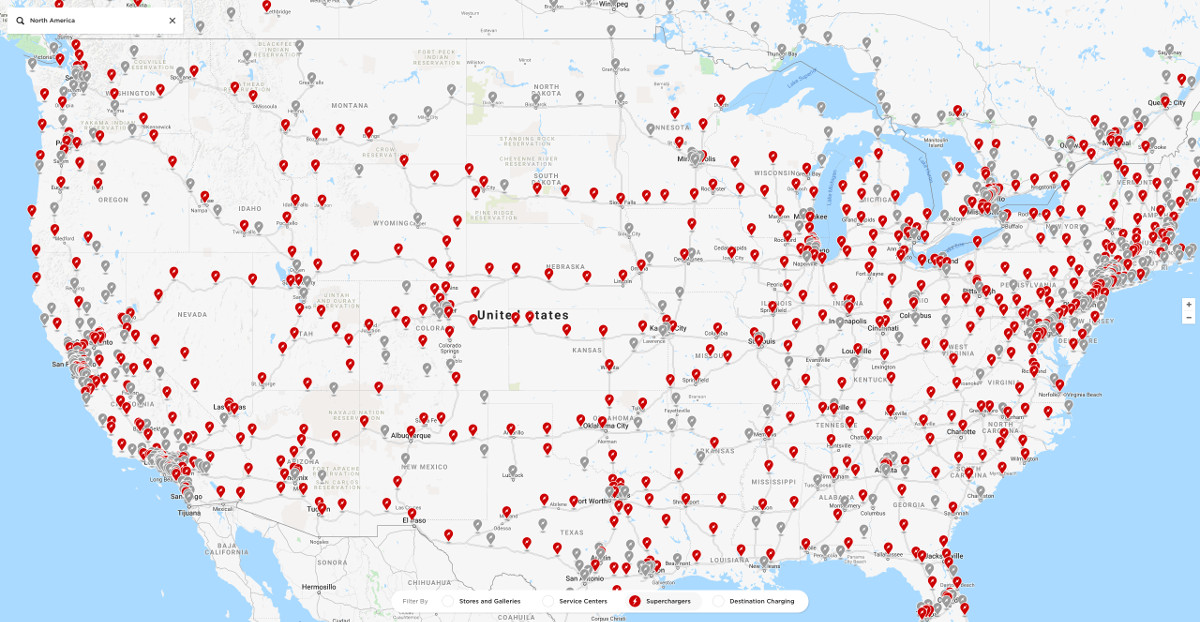
Destination charging
It wasn't until last year when destination charging heavily influenced where I booked accommodations. It often turns out that there's a Supercharger close by anyway, but being able to wake up to a fully-charged battery ensures virtually zero concerns for driving distance while on a business trip or holiday.
Minimal mechanical concerns
Aside from (excessively-complex) items such as the auto-presenting door handles and other wear-and-tear bits like tires, I'm extremely happy about not needing to worry about oil changes, brakes, spark plugs, timing belts, smog checks, clutches, etc.. Obviously there are still fluid changes like for the battery coolant which Tesla takes care of, but I only need to deal with those once in a blue moon.
Software updates
It's unsure how long Tesla will provide updates for vehicles of older vintage, but the continuous updates have provided improved function, fixes, some unfixes, interface enhancements, etc. and it's exciting to have a years-old car that still improves over time...
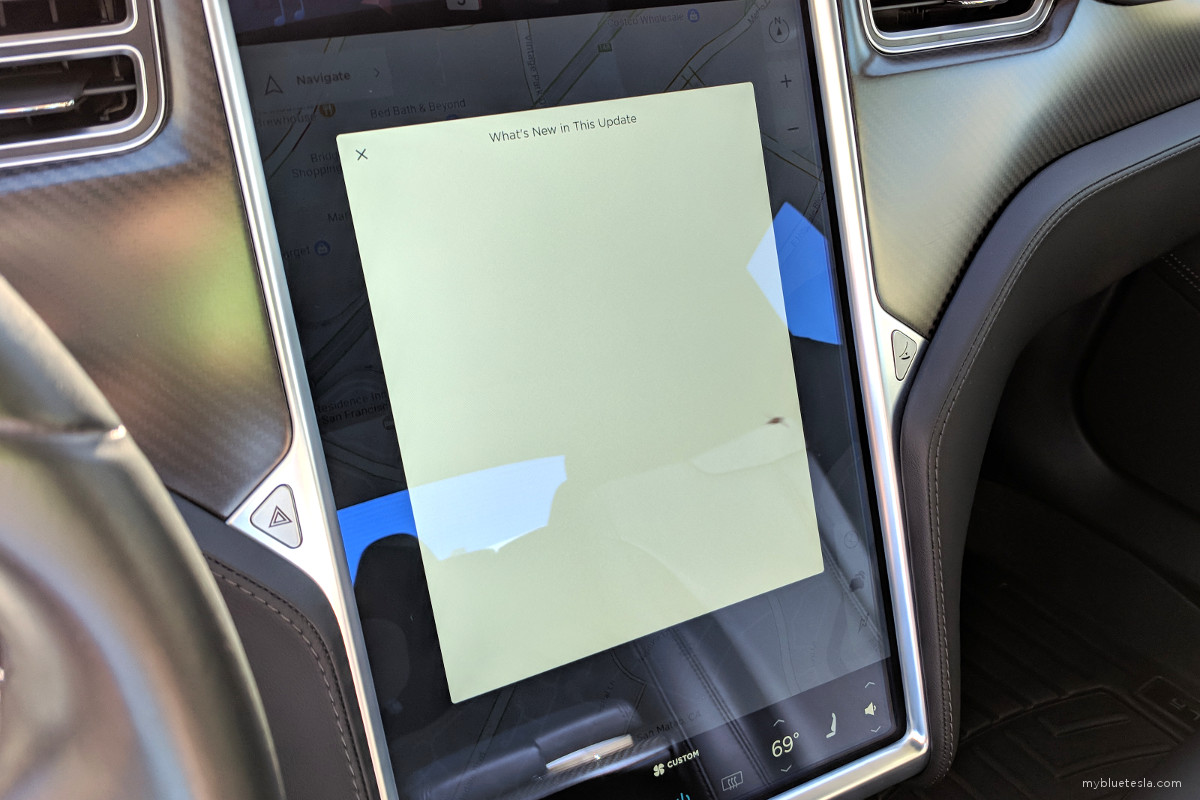
...although on occasion the release notes for an update isn't exactly useful.
Minimal battery degradation
The general consensus so far has been that in the first 50,000 miles owners should expect to see roughly a 5% capacity degradation in their battery packs. After that the rate of degradation tapers off and capacity reduction seems minimal. Tesla put a lot of effort into the vehicle's battery management system and it has paid off.
Autopilot reduces commute fatigue
Autosteer and TACC certainly help on long-distance freeway driving, but it really shines in bumper-to-bumper traffic. While I'm lucky to rarely deal with that sort of traffic nightmare with my work schedule, on the days when I do encounter it there's much less stress. A far cry from the days when I used to drive a stick-shift in stop-and-go traffic while on the 405 in Los Angeles.
Cheap to operate
Fuel costs have been minimal. Since switching to the local utility's EV-rate program, my overall household energy costs have gone down. The cost-savings really skyrocket during road trips involving the Supercharger network.
Mobile Service
Repair technicians doing house calls. No more wasting precious hours driving to a Service Center, getting a loaner, then going back later to reverse the process. This is the way it should work.
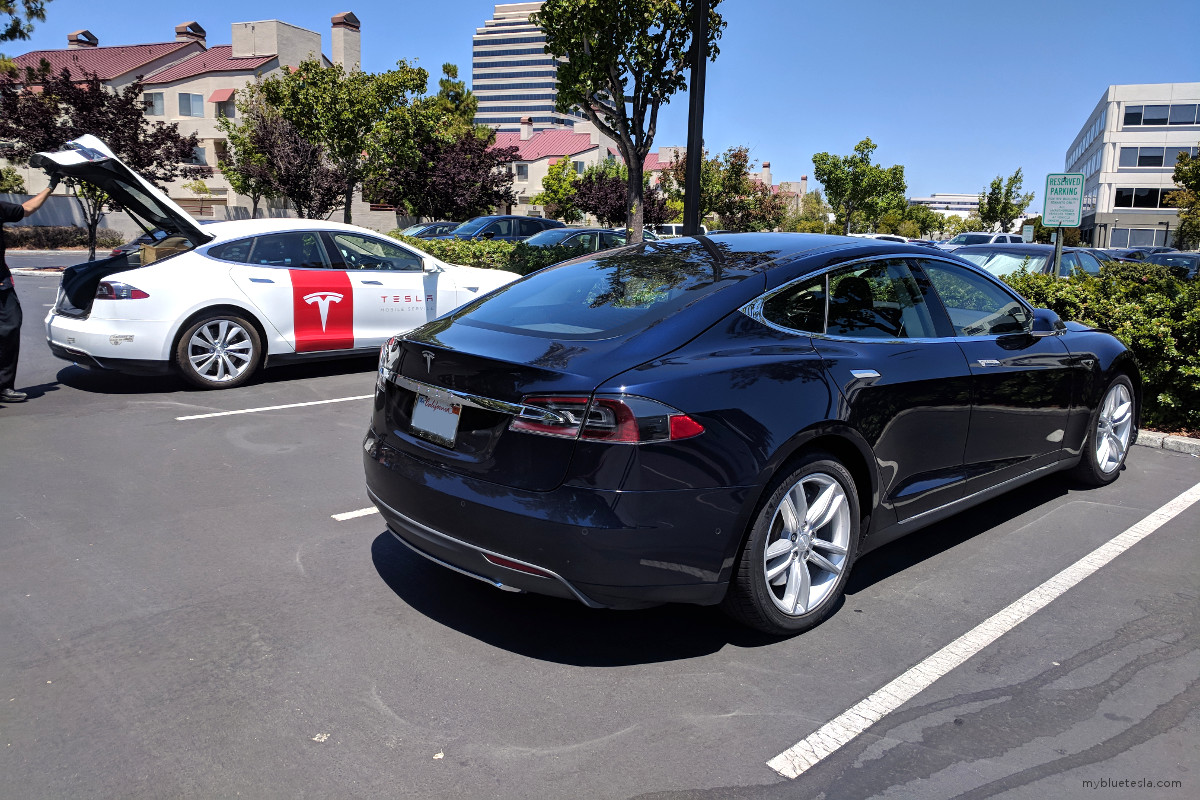
Premium Connectivity lifetime
It seems Tesla isn't going to charge monthly or annual fees for mobile data use, at least for us owners who bought into Tesla for years now. Any new additional enhancements will entail additional cost going forward.
Also when I got my MCU replaced, I was offered a discount to replace the 3G radio since the dash was opened up anyway. In that sense I was able to future-proof my connectivity (at least for the short term).
"Stubby" headrests (rear seats)
Tesla made a slight interior revision after I took delivery of my car where the rear headrests became full-sized, interfering more on rearward visibility. While a bit uncomfortable for rear passengers, the shorter headrests is a nice-to-have for me on my Model S generation. I'm happy I got my car when I did.

Replaced LED interior lights/license plate bulbs
Abstract Ocean's LED replacements were easy to swap in and now I have much brighter lights in key areas, particularly the trunk.
WeatherTech mats
The Tesla-branded WeatherTechs have worked well for me although I've seen some complaints by others that the lips of the mats might curl inward after being exposed to more extreme weather. Overall they've helped keep my carpets pristine. My original carpet mats have 1 mile of use and sit in the garage. These WeatherTechs are also pretty easy to clean.
User interface evolution
I've seen a number of variances in the Model S UI over the years (starting from the early alpha model) and the software updates have provided a way to keep it fresh. I really miss the old speedometer though. It was awesome to look at while accelerating.
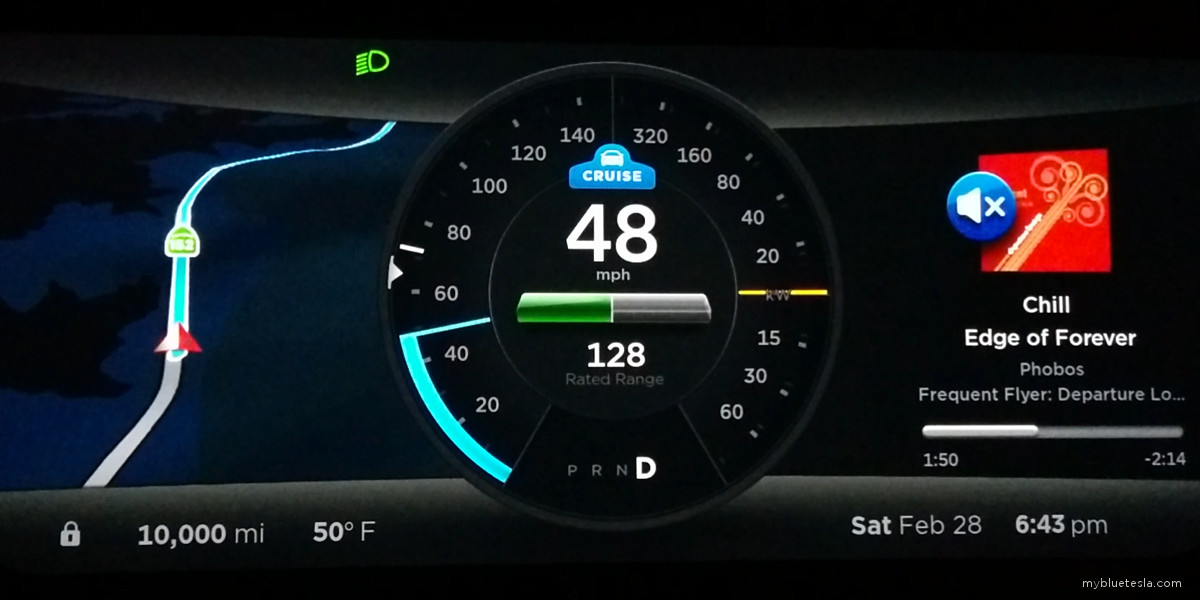
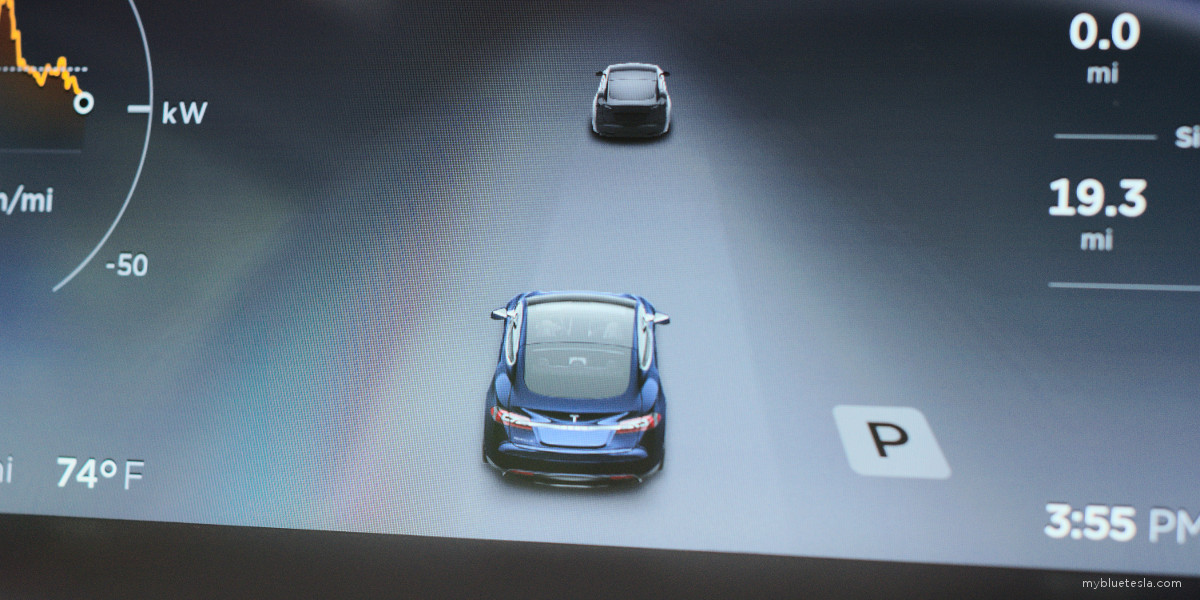
Great cargo space
One of the main reasons I won't be changing to a Model 3 is the lesser storage volume, plus the trunk opening is awkwardly narrow for me. The hatchback design is something I'm just used to (every single car I've owned has been a hatchback). While I rarely use the front trunk (the word "frunk" sounds goofy to me), it has come in handy more than once.
Internet radio
Although I don't use it often anymore, I discovered a lot of new artists over the years that I might not have otherwise come across.
Motivated employees
Even though I've complained about Service in minor ways, the bottom line in regards to interacting with Tesla employees is that I sense that they really care about customers and the mission of the company. Perhaps not every single one, but a good portion of them really do make an effort to ensure any Tesla experience is seamless and lacking any ulterior motive in selling you rust proofing. And they do it while they're over-worked, under-staffed, and constantly under a time crunch with limited resources. You may complain about working 10+ hour shifts ... but that's child's play compared to what those Tesla folks go through on a daily basis. Most of us are entitled snowflakes by comparison.
Adaptation in the market
Tesla operates at Silicon Valley speed. While their operation seems rather volatile and chaotic relative to other car companies, they sort of have this CI/CD thing going on and like many other hungry startups a key factor in their success is speed and agility. Although it looks like quality is inconsistent or suffers (at least in recent years), the rapid availability of new features and updates give them a noticeable edge against the competition. I'd almost dare say Tesla is bleeding edge rather than just cutting edge.
Keep your hands on the steering wheel, please. I'll check back in 20 seconds.
Other concerns
Self-repairability
Unlike cars from other manufacturers, I can only superficially service my Model S without having to do massive reverse-engineering. Since there's so much software involved to diagnose the system, owners are practically reliant on Tesla to do the work. Mechanically there are things we owners can handle ourselves, but then comes the question of parts availability. It's not like I can go down the street to an auto parts store and pick up a spare xyz in many cases (seems you can buy certain parts from Tesla but not a lot). I'm a big believer in having the freedom to take apart our own devices, examine how the system components work together, and tweak to desire. While I understand the position Tesla is in with trying to maintain trade secrets, their reputation, limit legal liabilities, and being able to control all aspects of the ownership experience for consistency, etc., it's also at odds with the idea of really being able to control what one owns. How items like log/diagnostic data, encryption keys, etc. fit into that issue is up for debate and is currently a gray area.
Rich Benoit is a perfect example of this:
There was another story with Greg Furstenwerth:
Tesla as a long-term company
Like many other Silicon Valley "startups," fast-moving, industry-disruption mantras lead to volatility. But unlike many other tech companies, Tesla has to build hardware ... large hardware that integrates with complex software while passing safety regulations and meeting demanding, established consumer expectations. This is a difficult road to navigate. Before I ordered my car, I had to take a great leap of faith on a company that hasn't been around for a long time and I still wonder if one day Tesla will go bankrupt and I'll be left on the side of the road with an IoT which will eventually brick itself.
Future repair costs and wait times for parts
Lots have been said about owners who got into accidents and had to wait months for repairs to finish due to lack of parts. This was foremost on my mind as well when I was initially contemplating ordering a car. It's still the same today. Let's not even talk about how this might affect insurance premiums. Tesla has recently announced in-house repairs, so we'll see how it works out.
Security
The car encompasses the landscape of physical and virtual threats, a cat-and-mouse game between the whitehats and blackhats. Tesla has to stay on top of this forever. Here's to hoping security updates for my S85 won't be end-of-lifed 10 or 20 years from now. It will be a very different world then.
Battery replacement costs
There's currently no official replacement batteries for sale. Perhaps once 2020 comes around and warranties for 2012 Model S batteries expire, then we'll see announcements on replacements costs. Hopefully higher-capacity packs can be easily retrofitted into older vehicles at reasonable prices.
MCU usability as software evolves
The Model 3 MCU is super-responsive. Pinching/zooming on my old screen feels like using a 5-year old smartphone compared to the latest iPhone or Pixel. I really hope Tesla provides an upgrade path for this component in the future.
Other notes
Energy used
For the 92,832 miles driven so far, I've consumed a total of 29,480.7 kWh with an average efficiency of 318 Wh/mile. I really don't obsess over these numbers that much, but a good portion of these miles was covered by free Supercharging. However, that sense of cost in itself doesn't account for the hours spent when I was stopped at a Supercharger but wasn't necessarily needing to eat, use the restroom, or do something other than just loading the battery. In those cases I got free electrons at the expense of extra time spent waiting in the car while reading email.
I may do a separate write-up on overall operating costs later on.
Battery degradation
I've never done a 100% charge with my battery pack, but I've come very close just to see how well it tops off (it trickles really slowly on the last few percentages) but I estimate my 100% would be about 250 miles of EPA rated range. This is in line with what others have seen for my mileage.
PPF and paint coating
Having become a bit of a detailing snob in the last decade, this was so worth it. For many owners it probably isn't, and from reading the forums it's quite obvious a lot of folks are new to this sort of paint management (obsessiveness) and while everyone cares about how their car is maintained when they take delivery, I'd guess most will care less as time goes on. PPF and/or ceramic coatings are better served for those few who really desire a certain result over the long haul.
The dark blue paint is still pristine underneath the protection film after all these years. Any temporary swirls in the PPF will heal away as they're exposed to the sunlight with the "elastic" nature of the film. No permanent rock chips on the hood yet either. Certain areas like the chrome surround of the nose cone (which doesn't have PPF applied) has some sandblasting marks from the wind gust kick-ups while traveling through the desert. You can see that in the first picture at the top of this write-up.
The coating is a nice-to-have, but my only real interest for it was just to making washing easier. I prioritize having the PPF over a coating. I can always apply a decent sealent twice a year to get solid results or just apply a consumer-grade coating myself. With a detailer, you're really paying for the prep work to get it done right which takes hours.
Prepaid service plan
Due to the uncertainty around maintenance and service costs back in 2014, I opted for the 4-year plan when I originally purchased the car. I haven't looked into it in-depth, but based on what I've read in the forums this likely wasn't worth prepaying for and I would've saved money by only paying for the second and fourth service years.
Which reminds me ... I'm due for my fourth one soon.
Road trips, distance traveled
I've taken several road trips. Here are the general mileage breakdowns of the basic round trip distances covered for those destinations:
- Monterey, CA -> Las Vegas, NV -> San Diego, CA: 1420 miles (2285 km)
- Las Vegas, NV: 1100 miles (2285 km), multiply by 5 trips
- San Diego, CA: 1000 miles (609 km), multiply by 2 trips
- Jenner, CA: 216 miles (348 km)
- Pismo Beach, CA: 430 miles (692 km)
- South Lake Tahoe, CA: 410 miles (659 km)
- Los Angeles, CA: 740 miles (1191 km), multiply by 3 trips
- Mendocino, CA: 400 miles (643 km)
- Palm Springs, CA (Joshua Tree): 920 miles (1480 km)
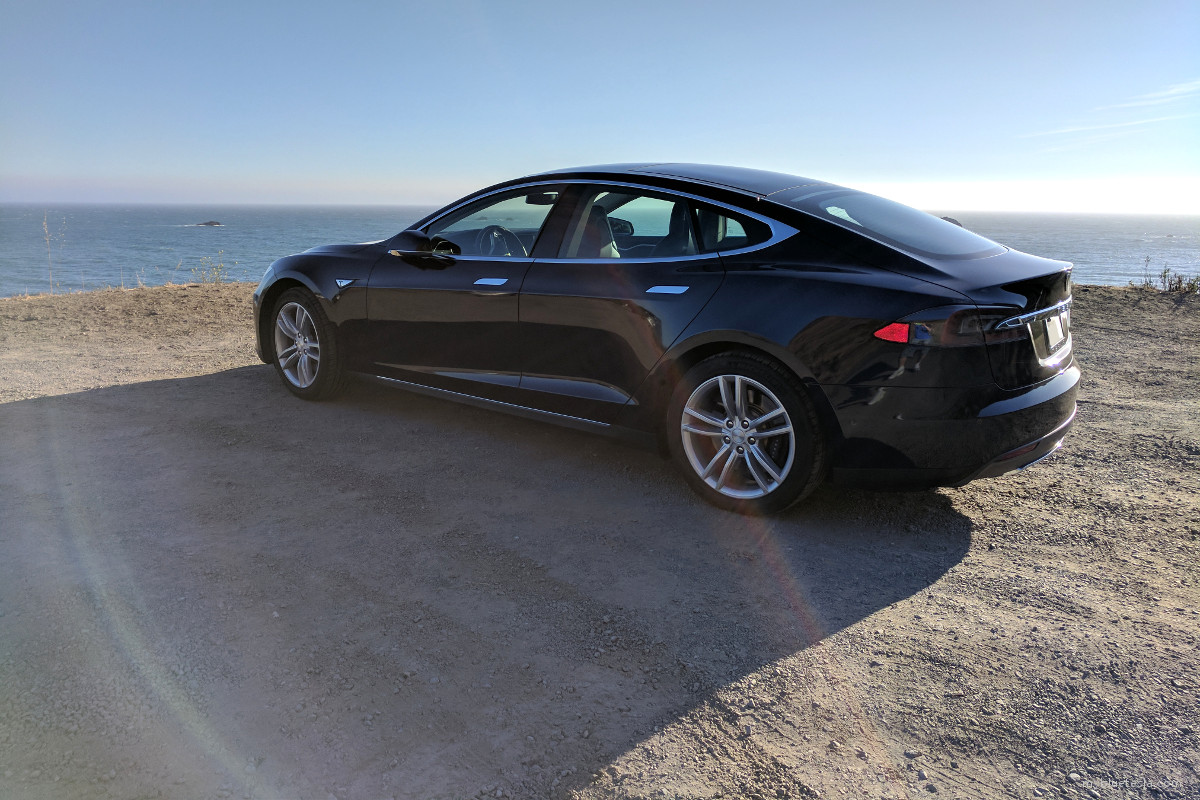
Next stop, one million miles
In summary, if something catastrophic were to happen to Big Blue, I likely would turn straight to tesla.com and buy another one - either a new or CPO Model S, or perhaps a Model 3 Dual Motor (Performance upgrade?). Nothing else on the market currently comes close for me as an overall package including design attractiveness, technological user engagement, drive smoothness, fueling convenience (except recharge times on longer road trips), and general ownership.
Having driven Mercedes loaners, etc., as far as I can see all the other manufacturers still produce cars that feel old-fashioned which attempt to compensate with modernistic accoutrements. They all still look and feel like "cars" and I'm not someone with enough patience to wait them out. Every year they tease out a sweet-looking concept car at the auto shows but the final production version looks nothing like it. Those manufacturers have had decades to improve but instead kept working the same tired ideas rather than take risks and do something fresh. For that alone I'm not willing to reward them until they actually make an effort to move into the flying-car world that I keep looking forward to. For now I'm keeping my Model S ... hopefully for a million miles or more.
And so nearly 4 years later, I parked in virtually the same spot where I took delivery:
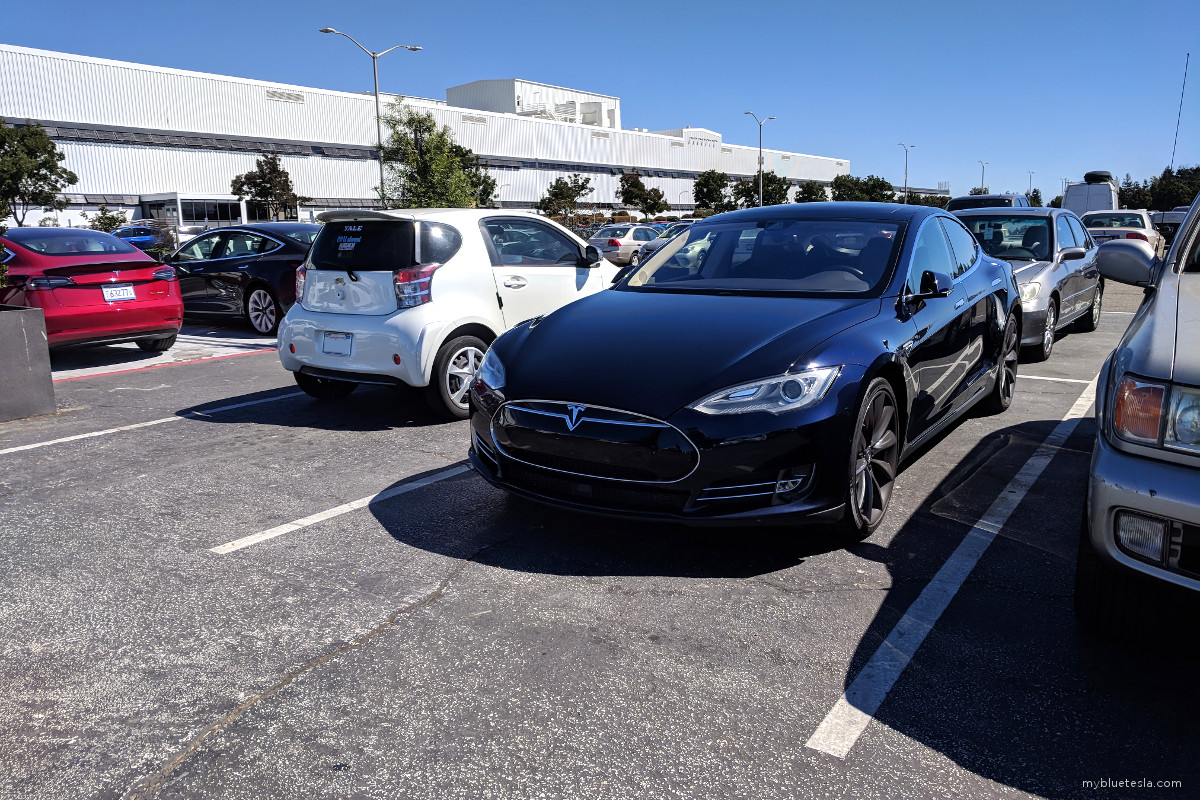
Still have the Tesla grin.
